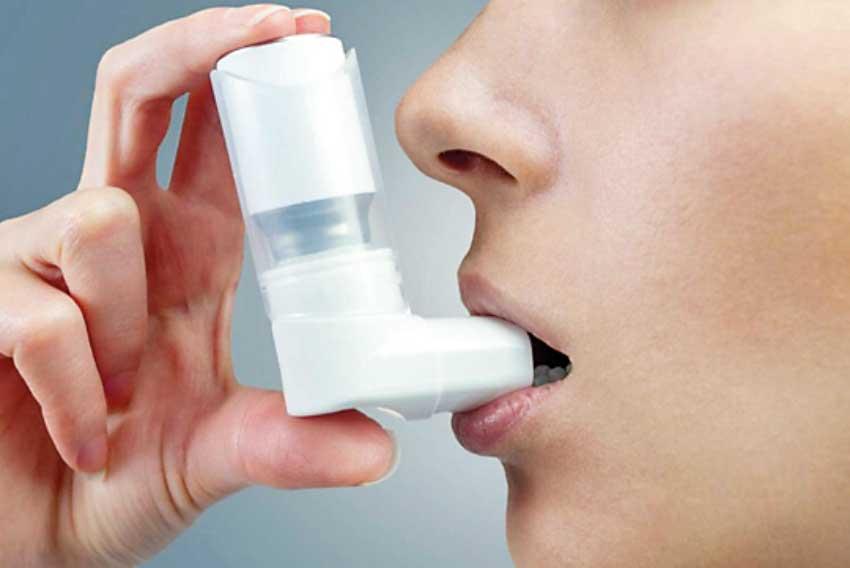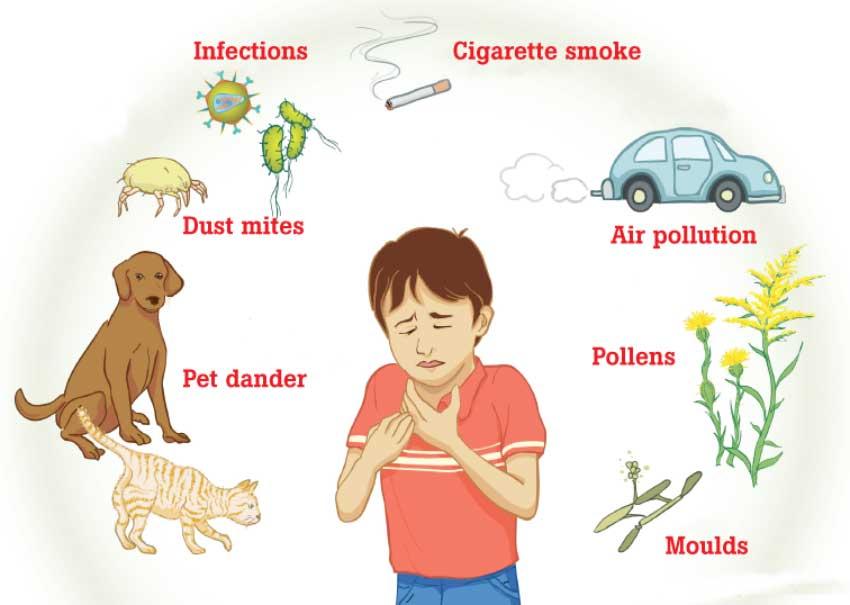Reply To:
Name - Reply Comment

 Asthma is a condition that can make it hard to breathe. Asthma attacks happen when the airways in the lungs become narrow and inflamed. The symptoms can be mild or severe and they can come and go. Sometimes asthma symptoms start all of a sudden.
Asthma is a condition that can make it hard to breathe. Asthma attacks happen when the airways in the lungs become narrow and inflamed. The symptoms can be mild or severe and they can come and go. Sometimes asthma symptoms start all of a sudden.
Asthma symptoms can include:
Although it is rare, an episode of asthma can sometimes even lead to death.
What are asthma triggers?
An asthma trigger is anything that causes asthma symptoms or makes them worse. It’s important to know what your triggers are. That way, you can avoid them so that your symptoms don’t worsen.
One of the best ways to identify asthma triggers is to pay careful attention to the pattern of asthma symptoms. For example, if symptoms occur mainly at home, something at home may be involved. If symptoms flare when outside, an outdoor allergy, such as vehicle smoke or pollen, is more likely to blame.
Common asthma triggers are

How do I know what my asthma triggers are?
You might already know what makes your asthma symptoms worse. But if you don’t, talk with your doctor. Your doctor might do allergy tests to see if you have allergic triggers. Allergy tests include blood tests or skin tests. During a skin test, a doctor puts a drop of a substance that you might be allergic to on your skin, and makes a tiny needle prick in the skin. Then, they watch your skin to see if it turns red and bumpy.
What should I do when I find out what my triggers are?
Once asthma triggers have been identified, you have several options:
The best thing to do is to stay away from your triggers. For example, if cigarette smoke makes your asthma symptoms worse, avoid people who are smoking. If you smoke, get help to quit.
Here are some other things that you can do:
If you can’t avoid your triggers, talk with your doctor about what you can do.
Exercise is an example of a trigger that you should not avoid, because exercise keeps you healthy. To prevent asthma symptoms when you exercise:
Most people with asthma are able to live normal lives. You can help manage your asthma by: Making changes in your life to avoid your triggers, keeping track of your asthma and telling your doctor when your symptoms change.